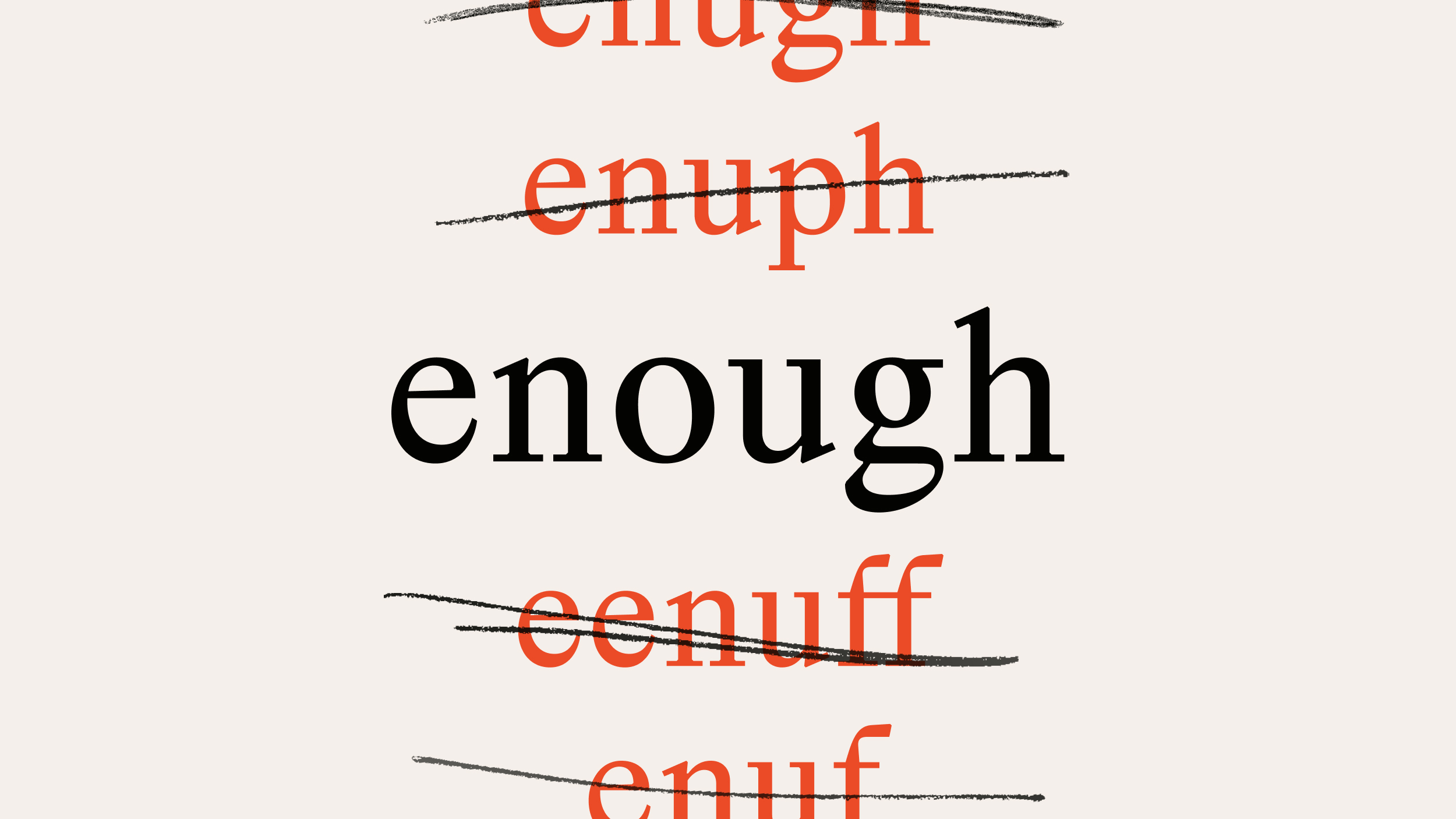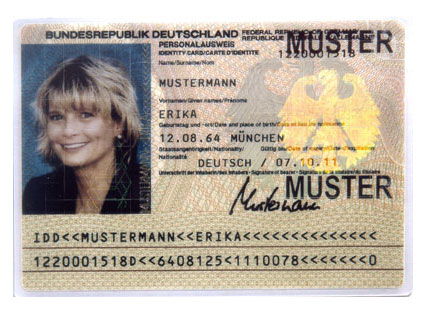Sealed With a Kiss: Signals improve matching in online dating markets

Just as peacocks spread their tails to signal virility, men have used conspicuous consumption to signal wealth and women have used the appearance of youth to signal fertility – all in the name of attracting a mate. How though, can online daters signal genuine interest to a prospective match? By sending a rose of course.
Economists have long been interested in the role that signals play in the operation of markets. If signals impose a cost on the sender, they then give the recipient an indication that the sender is serious in their intentions. For example, students can apply to as many universities as they like (in general) but if they are only allowed to apply to a limited number of schools as an early applicant, this process serves as a signal to the school that the student is sincerely interested in attending that specific school. The fact that GPA’s tend to be lower for students accepted in the early applicant process says that this strategy of signalling with an early application works in the student’s favor – the university appreciates the signal.
When it comes to online dating, men, in general, tend to apply a “shot-gun” approach; sending many, many women messages claiming to be interested. If responding to messages is costly for women, who have to know that receiving a note does not necessarily mean that the man believes she’s “the one”, then there is an incentive for men to find a way to signal their genuine interest in order to encourage women to respond.
The same could be held true for women (or men) who received messages from men (or women) who they perceive to be “out of their league”. If responding is costly then why respond to messages if you think the sender is unlikely to be sincere? Again, there should be a way to signal genuine interest.
One way is to use an online dating service that has a per-message user fee that imposes a direct cost on the message sender (we have talked before about the advantages of fee based dating sites) but what about free dating services? Are there ways for seekers to signal that they really have considered the other person’s profile and would like to pursue a relationship with them?
Joint research between economists at Stanford, University of Maryland and the Korea Marriage Culture Institute finds that a small, almost costless, signal – the sending of a virtual rose – had large effects in an online dating experiment.
In the experiment, single men and women participated in an online matching party. After viewing profiles of prospective mates they could chose to send standardized messages proposing a date to at most ten people. Once the party was over, participants had four days to either accept or reject date proposals (again, they could accept no more than ten). The clever idea in this experiment was participants could signal the sincerity of their interest; everyone was given two roses they could attach to their message with one fifth being given eight roses.
Roses were costly to send only in the sense that not every message could have one attached so that participants had to choose a subset of their matches to receive a rose. Presumably they chose the ones that interested them the most.
Finally, participants were ranked based on their level of desirability to prospective spouses based on data collected, and used to create the matching algorithm, by the online dating site conducing the experiment.
Sending roses significantly improved a participant’s chance of having their date proposal accepted. Not everyone found someone they wanted to date, and not everyone sent roses, but those who did send a rose had a 20% better chance that their date proposal was accepted than those who did not. People who sent proposals to men/women in the middle of the distribution in terms of desirability had an increased chance of being accepted of 25% and those who sent proposals to people in the bottom increased their chances by 45%.
Here is where it is interesting. This strategy works best if the sender of the proposal is considered more desirable than the receiver. Everything else held constant, if a sender of a proposal is ranked as superior to receiver then the attachment of a rose increases the probability of having the date proposal accepted by an incredible 50%.
This is something to think about for people are using online dating sites even if they don’t have a means to a signal that is as explicit as a virtual rose. Sending a personalized message that indicates that the sender has taken the time to read the receiver’s profile carefully sends a signal that they have invested time in the message is one way to send a positive signal. Sending a cut and paste message, or one with poor spelling and grammar, sends a negative signal that little time has been allocated to the task and that the sender lacks genuine interest.
Of course, as this research suggests, the more you think a potential love interest should be happy to have you, the more meaningful the signal needs to be to convince them that you really would be happy to have them. So those people you might think need the smallest signal to encourage a response are actually the people who respond best when the signal is given.
Reference: Soohyung Lee, Muriel Niederle, Hye-Rim Kim and Woo-Keum Kim (2011) “Propose With A Rose? Signaling In Internet Dating Markets.” NBER Working Paper 17340 http://www.nber.org/papers/w17340





